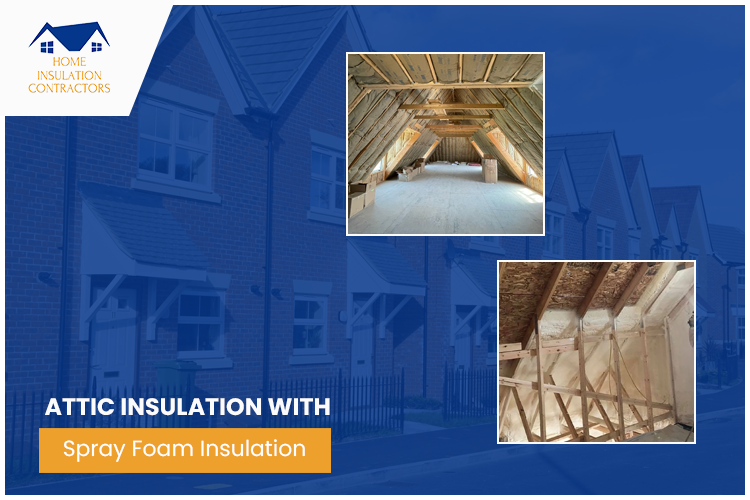Attic insulation is a critical component in the overall energy efficiency and comfort of homes. Proper insulation in the attic can lead to significant energy savings, improved indoor air quality, and a more comfortable living environment year-round. Among the various insulation materials available, spray foam insulation, particularly open cell spray foam, offers unique advantages that make it an excellent choice for attic insulation. This blog explores the benefits of open cell spray foam for attic insulation and how it contributes to a home’s energy efficiency and comfort.
The Role of Attic Insulation
Attic insulation plays a pivotal role in minimizing heat transfer between the attic and the living spaces below. During winter, it prevents heat from escaping the home, and in summer, it blocks the hot attic air from warming the rooms below. This thermal barrier is essential for maintaining a consistent indoor temperature, reducing the workload on heating and cooling systems, and achieving energy savings.
Benefits of Open Cell Spray Foam for Attic Insulation
Enhanced Energy Efficiency
Open cell spray foam insulation in the attic can significantly improve a home’s energy efficiency. By creating an airtight seal, it reduces air leakage, which is a common issue in attics with traditional insulation materials. This seal not only keeps conditioned air inside but also prevents outdoor air from entering, leading to less energy required for heating and cooling.
Improved Attic Ventilation
While spray foam insulation creates an airtight seal, proper attic ventilation is still necessary to manage moisture and regulate attic temperatures. Open cell spray foam can be strategically applied to ensure that ventilation is not obstructed, allowing for effective airflow that contributes to a healthy and efficient attic environment.
Acts as a Radiant Barrier
In addition to its insulating properties, open cell spray foam can help reflect radiant heat, especially when applied to the underside of the attic roof. This radiant barrier effect further enhances the attic’s ability to maintain desirable temperatures, reducing the burden on HVAC systems during extreme weather conditions.
Long-term Savings and Attic Insulation Cost
The initial attic insulation cost with open cell spray foam may be higher than traditional insulation materials. However, the long-term savings on energy bills can be substantial. The airtight seal and superior insulating properties of open cell spray foam mean that heating and cooling systems operate more efficiently, leading to lower energy consumption and costs over time.
Additional Attic Insulation Benefits
- Moisture Control: Open cell spray foam helps control moisture levels in the attic, reducing the risk of mold and mildew growth.
- Sound Reduction: Its sound dampening properties contribute to a quieter home, minimizing noise from outside or other parts of the house.
- Durability: Open cell spray foam does not settle or sag over time, maintaining its insulating effectiveness for years without the need for replacement.
Conclusion
Investing in open cell spray foam for attic insulation is a wise choice for homeowners looking to enhance their home’s energy efficiency, comfort, and overall value. Its ability to create an airtight seal, act as a radiant barrier, and offer long-term cost savings are just a few of the benefits that make it stand out from traditional insulation materials. While the initial cost may be higher, the energy savings, improved indoor air quality, and added comfort it provides make it a valuable addition to any home.
When considering attic insulation options, it’s important to work with a qualified professional who can assess your attic’s specific needs and ensure proper installation. This ensures that you reap all the benefits of open cell spray foam insulation while maintaining effective attic ventilation and moisture control.


